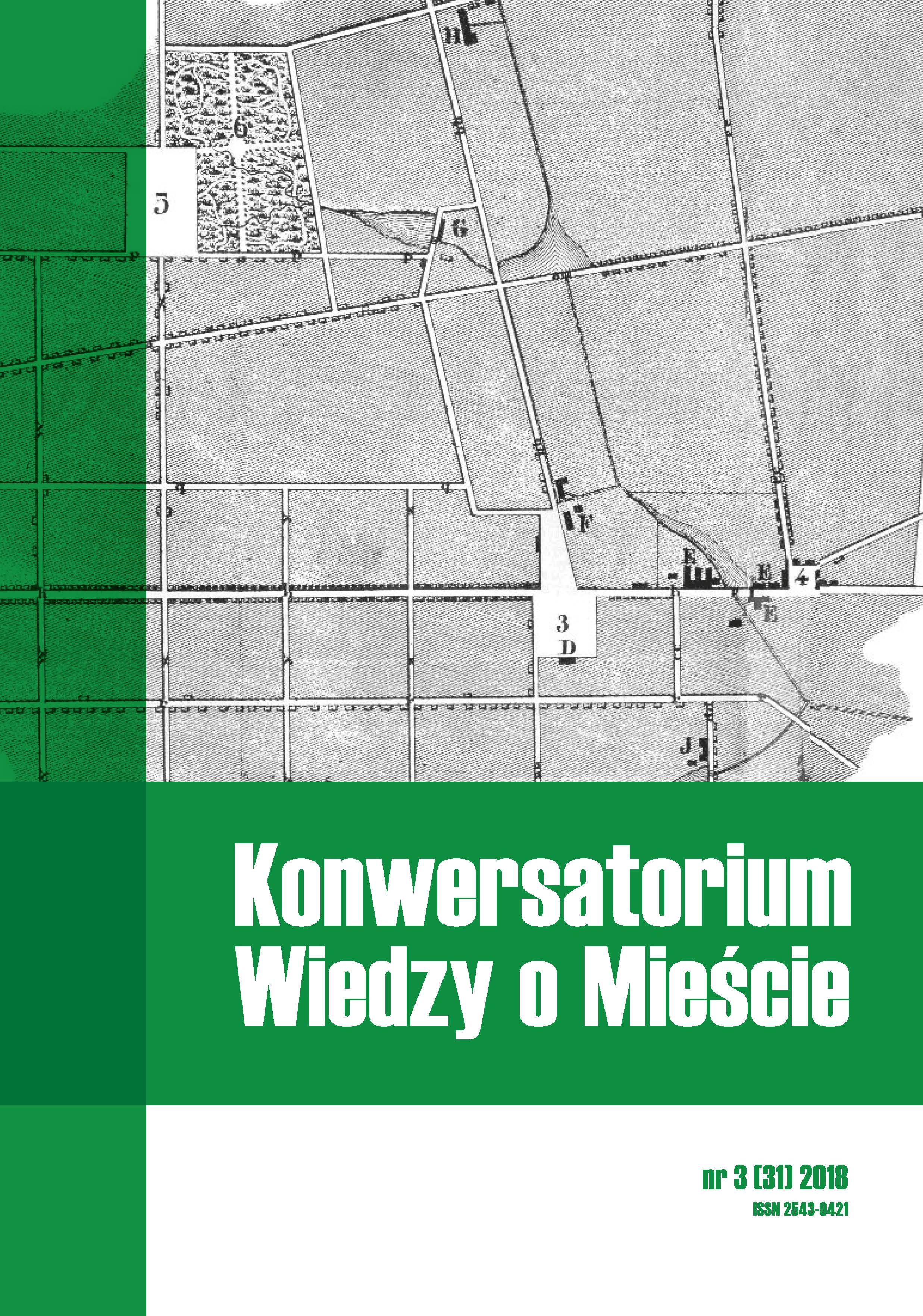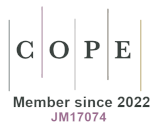Poprawa jakości życia poprzez branding miejsca na przykładzie dzielnicy Lashkar Abad w Ahwaz (Iran)
DOI:
https://doi.org/10.18778/2543-9421.03.01Słowa kluczowe:
jakość życia, branding miejsca, walory turystyczne, Ahwaz (Iran)Abstrakt
Miasta współczesnego Iranu posiadają wiele walorów turystycznych, w oparciu o które można budować markę miejsca. Ulica Anousheh w dzielnicy Lashkar Abad w Ahwaz reprezentuje dobre praktyki w tym zakresie. Jest to dziś dynamiczna przestrzeń publiczna w kontekście turystyki, która stała się znana pomimo nieodpowiedniego zaplecza gospodarczego i społecznego. Autorka artykułu, wykorzystując m.in. analizę wywiadów z interesariuszami, przedstawia proces zmian i eksponuje aspekty oparte na zasadach brandingu miejsca. Wyniki pokazują, w jaki sposób można poprawić rozwój obszarów miejskich w oparciu o walory turystyczne.
Bibliografia
Anholt, S. (2010). Definitions of place branding: Working towards a resolution place branding and public diplomacy. Place Branding and Public Diplomacy, 6 (1), pp. 1-10.
Google Scholar
DOI: https://doi.org/10.1057/pb.2010.3
Ashworth, G. (2009). The instruments of place branding: how is it done? European Spatial Research and Policy, 16 (1), pp. 9-22.
Google Scholar
DOI: https://doi.org/10.2478/v10105-009-0001-9
Cleave, E., Aruk, G., Sadler, R., Gilliland, J. (2016). The role of place branding in local and regional economic development: Bridging the gap between policy and practicality. Regional Studies, Regional Science, 3 (1), pp. 207-228.
Google Scholar
DOI: https://doi.org/10.1080/21681376.2016.1163506
Deffner, A., Metaxas, T. (2010). Place marketing, local identity and branding cultural images in Southern Europe: Nea Ionia, Greece and Pafos, Cyprus. In: G. Ashworth, M. Kavaratzis (eds.), Towards effective place brand management. Branding European cities and regions. Cheltenham: Edward Elgar Publishing.
Google Scholar
Dominguez Garcia, M.D., Swagemakers, P., Bock, B.B., Simón Fernandez, X. (2012). Making a living: grassroots development initiatives, natural resource management and institutional support in Galicia, Spain, European Countryside, 4 (1).
Google Scholar
DOI: https://doi.org/10.2478/v10091-012-0011-x
Dominiguez García, M., Horlings, L., Swagemakers, P., Simón Fernández, X. (2013). Place branding and endogenous rural development. Departure points for developing an inner brand of the River Minho estuary. Place Branding and Public Diplomacy, 9 (2), pp. 124-140.
Google Scholar
DOI: https://doi.org/10.1057/pb.2013.10
Florek, M., Insch, A. (2011). When fit matters: Leveraging destination and event image congruence. Journal of Hospitality Marketing & Management, 20 (3-4), pp. 265-286.
Google Scholar
DOI: https://doi.org/10.1080/19368623.2011.562413
Hall, T., Hubbard, P. (1996). The entrepreneurial city: New urban politics, new urban geographies? Progress in Human Geography, 20 (2), pp. 153-174.
Google Scholar
DOI: https://doi.org/10.1177/030913259602000201
Hass, L.D. (2013). A review of the notions of place branding and place identity in literature. Wageningen: Wageningen University.
Google Scholar
Kavaratzis, M. (2004). From city marketing to city branding: Towards a theoretical framework for developing city brands. Place Branding, 1 (1), pp. 58-73.
Google Scholar
DOI: https://doi.org/10.1057/palgrave.pb.5990005
Maheshwari, V., Vandewalle, I., Bamber, D. (2016). Place branding’s role in sustainable development. Journal of Place Management and Development 4 (2), pp. 198-213, https://doi.org/10.1108/17538331111153188
Google Scholar
DOI: https://doi.org/10.1108/17538331111153188
Oliveira, D.S., (2016). Place branding in strategic spatial planning: An analysis at the regional scale with special reference to Northern Portugal. Doctoral disertation. Groningen: University of Groningen.
Google Scholar
Ornston, D. (2014). When the high road becomes the low road: The limits of high tech competition in Finland. Review of Policy Research, 31 (5), pp. 454-477.
Google Scholar
DOI: https://doi.org/10.1111/ropr.12091
Pazhotan, E. (2018). Reports of the Event “The second National Award for Urban Regeneration Practices”. Haft Shahr, 59&60.
Google Scholar
Quality Indicator Measure Development, Implementation, Maintenance, and Retirement (Prepared by Battelle, under Contract No. 290-04-0020). Rockville, MD: Agency for Healthcare Research and Quality (May 2011).
Google Scholar
Rafieiyan, M., Mohammadi Aydaghmish, F. (2017). Proposing a conceptual framework of urban regeneration interaction and entrepreneur city in achieving place marketing. Journal of Urban Economics and Management, 5, 2 (18), pp. 1-20.
Google Scholar
Shaikh Aleepour, R. (2017). An evaluation into consequences of forming anoshe street arcade in Lashkar Abad neighbourhood of Ahwaz city. Ahwaz: s.n.
Google Scholar
Vuignier, R. (2016). Place marketing and place branding: A systematic (and tentatively exhaustive) literature review. (Working Paper d l’IDHEAP, 5/2016), https://hal.archives-ouvertes.fr/hal-01340352/document
Google Scholar
Yazdanpanah Shahabadi, M., Sajadzadeh, H., Rafieyan, M. (2019). Developing a conceptual model for place branding: A reviw on teoritical literature. Bagh- e Nazar, 16 (71), pp. 19-34.
Google Scholar
Zenker, S., Rütter, N. (2014). Is satisfaction the key? The role of citizen satisfaction, place attachment and place brand attitude on positive citizenship behavior. Cities, 38, pp. 11-17.
Google Scholar
DOI: https://doi.org/10.1016/j.cities.2013.12.009
Pobrania
Opublikowane
Jak cytować
Numer
Dział
Licencja

Utwór dostępny jest na licencji Creative Commons Uznanie autorstwa – Użycie niekomercyjne – Bez utworów zależnych 4.0 Międzynarodowe.









